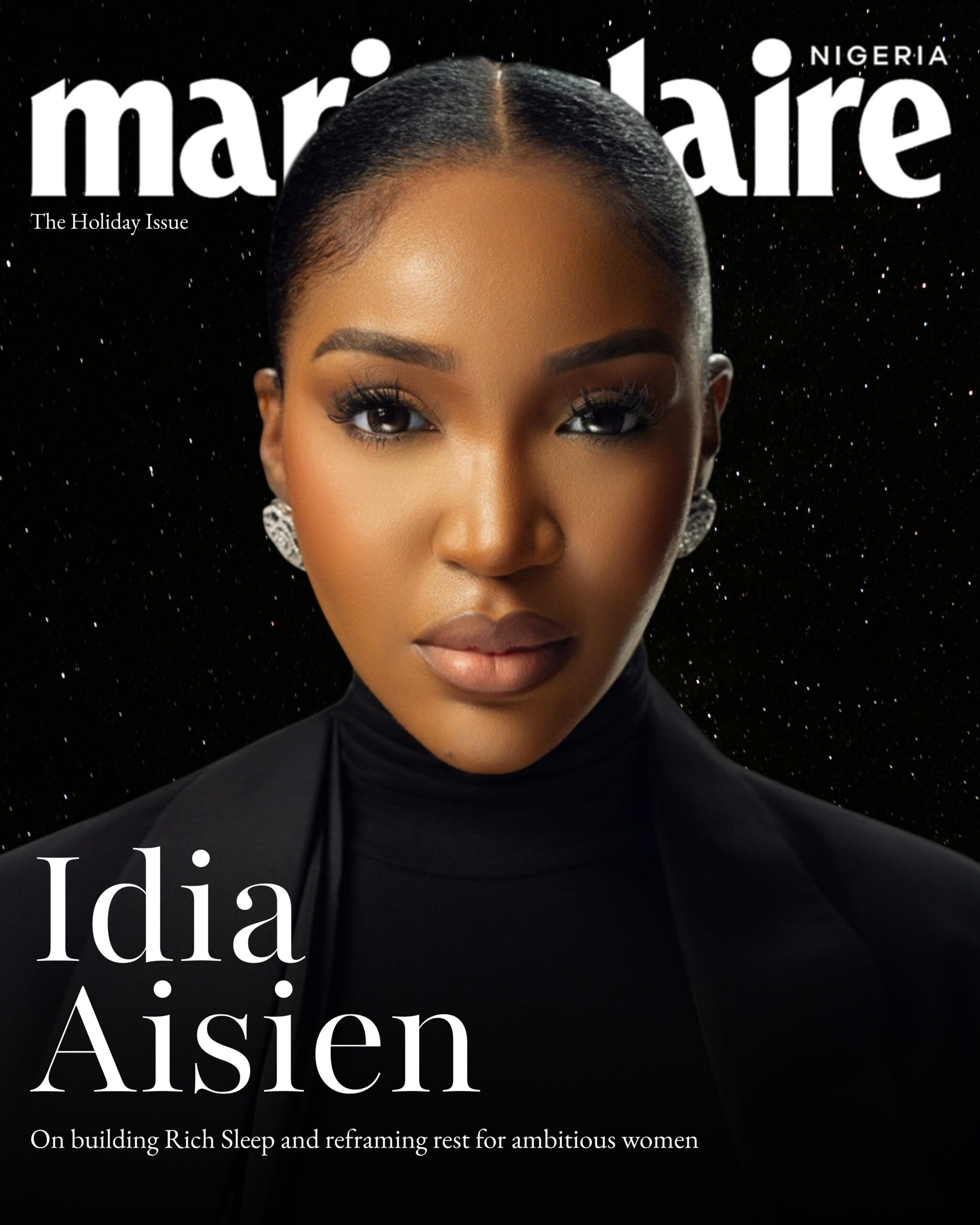What does beauty mean to you? In a world where beauty often seems defined by a single, narrow lens, it’s easy to forget the diverse standards that have shaped our perceptions for centuries. Throughout history, cultures have defined beauty in various ways, from the sculpted curves of ancient statues to the intricate tattoos and body marks adorning indigenous faces, beauty has always been as varied as the cultures that define it.
Beyond Eurocentric beauty standards
Nowadays, it feels like there’s just one definition of beauty; Eurocentric ideals that overshadow global beauty traditions. So, let’s take a journey through time and culture. By contrasting these traditions with today’s narrow beauty expectations, we’ll see the true beauty in diversity.
I invite you to embrace the vibrant spectrum of human expression through these cultures:
The Efik fattening room
In the Efik culture of Nigeria, young women, especially those preparing for marriage, are secluded and fed a rich diet to gain weight. Plumpness is seen as a sign of beauty, fertility, and prosperity. Here, we can see a cultural appreciation for fuller body types, contrasting with the slim figures often celebrated in Western cultures.
The Himba of Namibia
The Himba people of Namibia have a unique beauty practice. The culture admires women for their voluptuous bodies and intricate hairstyles. The application of otjize, a mixture of butterfat and ochre, gives their skin a reddish hue, symbolising beauty and status. Skin stained by the earth may not seem inviting in today’s world, but for the Himba, there is nothing more beautiful.
The Maori of New Zealand
Although not African, this beauty standard deserves a spot on this list. Facial features, particularly tattoos, are crucial to the Maori. Ta moko, the traditional Maori tattoo, is a mark of beauty, strength, and identity. These tattoos often adorn the face and are celebrated for their intricate designs and cultural significance. This appreciation of unique facial features contrasts with the Eurocentric emphasis on symmetrical and unmarked faces.
Saffron and Milk Baths Across the Globe
Ancient civilizations such as the Egyptians, Indians, Greeks, and Romans have cherished saffron since ancient times. It served multiple purposes as a dye, medicine, perfume, and beauty product. Legend has it that Cleopatra herself indulged in saffron-infused baths using the fermented mare’s milk and honey. The milk’s fat, lactic acid, and proteins nourished and softened her skin, while honey added a luxurious glow to her baths. This contrasts with Eurocentric beauty standards, which often emphasise synthetic products and quick fixes for external beauty. Cleopatra’s use of natural, nourishing ingredients reflects a holistic approach, valuing overall health and well-being, in stark contrast to the appearance-focused standards prevalent in Western beauty ideals today.
Rice water from Yau women in China
Another traditional beauty practice is the use of rice water by the Yao women in China for hair care. For centuries, these women have washed their hair with fermented rice water, which is believed to maintain hair strength, shine, and longevity. The women of the Yao ethnic minority are known for their long, jet-black hair, which they attribute to this natural treatment. Rice water is rich in vitamins and minerals that nourish the hair and scalp, promoting healthy growth and reducing breakage. This practice contrasts with Eurocentric beauty standards that often rely on commercial hair care products laden with chemicals, showcasing a natural and sustainable approach to hair care that values simplicity and the benefits of natural ingredients.
Let’s redefine beauty standards:
For the industry: Modelling agencies, marketing companies, and brands need to genuinely embrace diversity in beauty. This involves actively showcasing people with a range of skin tones, body types, and unique features, moving beyond Eurocentric ideals in their campaigns.
For educators: Schools can play a vital role by integrating the rich history of global beauty standards into their curriculum. By teaching about diverse beauty from various cultures, we can broaden perspectives and promote inclusivity.
For media creators: It’s essential for writers, filmmakers, and content creators to include a wide range of characters and stories that reflect diverse beauty. Authentic representation in entertainment can shift societal norms and celebrate beauty in its many forms.
For our readers: Our readers need to normalise and celebrate diverse beauty instead of judging based on skin tone or other singular characteristics. Appreciate the richness and variety of beauty in all its forms. Support media and brands that showcase diverse beauty standards, and challenge narrow ideals by embracing your unique features and encouraging others to do the same. By promoting inclusivity and valuing beauty from different cultures and backgrounds, we can help create a society where everyone feels valued and accepted.
As we move forward, we’re not only redefining beauty standards, but also our perceptions of beauty itself. I encourage you to challenge your idea of beauty in your personal and professional corners, contributing to a more inclusive and accepting world.


